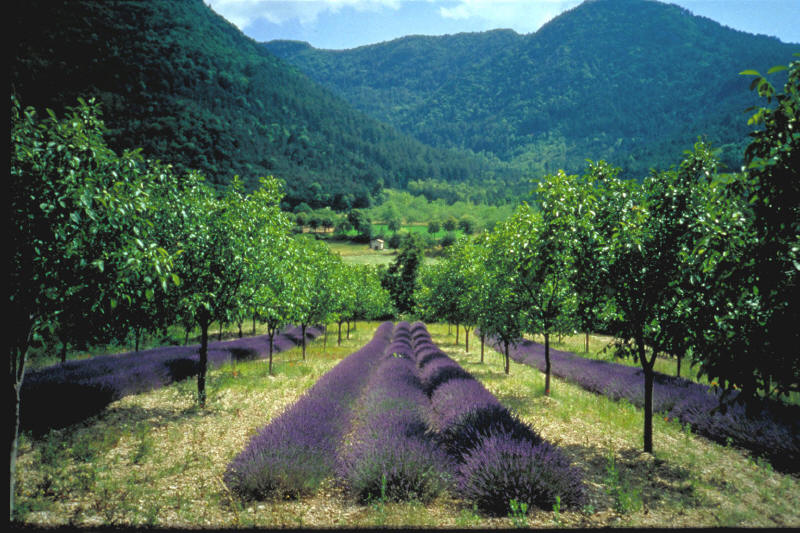Success and limiting factors:
SAFE project provided models and databases for assessing the profitability of silvoarable systems, and suggested policy guidelines for implementing agroforestry. In particular SAFE developed biophysical and socio-economic tools to inform farmers and policy-makers of the potential for silvoarable agroforestry to contribute to the integrated and sustainable development of European rural areas. The knowledge developed during the SAFE Project, provided opportunities for farmers to improve their competitiveness.
Budget, funding and additional benefits:
The agroforestry systems are usually profitable systems. What is costly is the agroforestry transition, which takes time and which must be supported. Agroforestry schemes are a long term investment. It takes some time until trees mature and provide the expected functions and benefits.
Main benefits can be summarized as follow:
- INRA showed that the production from one hectare of a walnut/wheat mix is the same as for 1.4 hectares with trees and crops separated (corresponding to a 40% increase in productivity).
- Agroforestry is less vulnerable to climate change. Trees provide shelter to crops and reduce damages due to high spring temperature.
- Biodiversity is increased since it creates a diverse habitat where wildlife species can live. It also acts in controlling pests and enhancing pollination.
- Farmers can diversify their products, increase their income and improve soil and water quality, reduce (wind) erosion and prevent damage due to flooding. Soil and water quality is improved, so preventing from erosion.
- Agroforestry plays a role in maintaining land for future generation.
- Properly designed and managed agroforestry systems may help to increase the sequestration of atmospheric carbon, improve soil quality and soil conservation.



